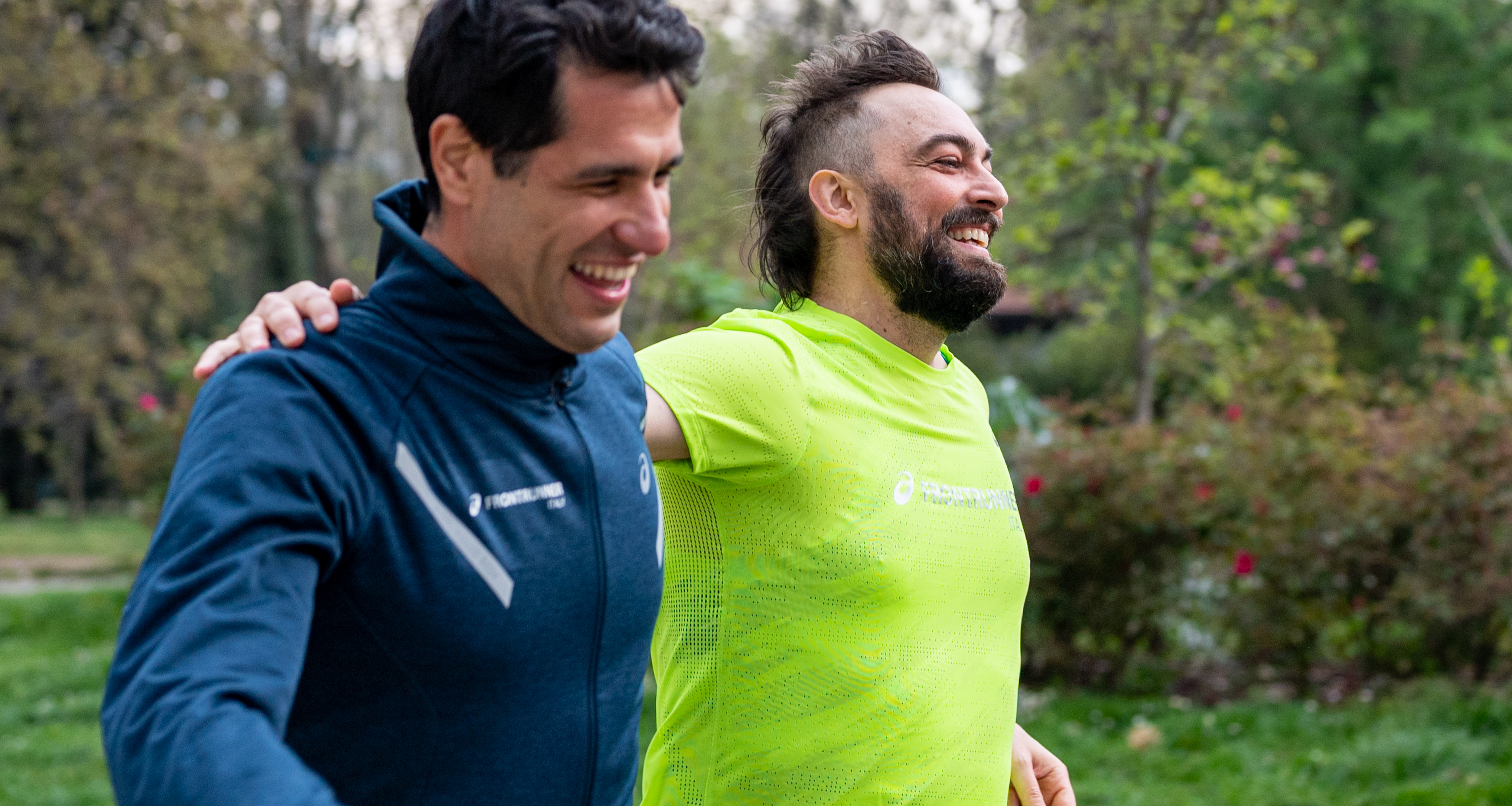You can’t start a new year without talking about goals and resolutions, right? Whether it’s to lose weight to improve overall health, starting a routine is always a popular New Year’s resolution. However, many people take on too much too soon and get injured or burn out—and then end up not running at all. But that won’t be you! Follow this beginner’s guide to start running, avoid injury, achieve your goals, and enjoy your miles! There are no insider secrets, just a few simple strategies that can help anyone looking to get started.
1. Start with run-walk intervals
If running for 3 miles straight or even a mile straight sounds intimidating, there’s no need to worry. Run-walk intervals are a proven method for beginning a lifelong habit of running. Run-walk intervals are the best way to start running without causing injury or overtaxing your body so much that you quit before you get into a running routine.
When you run, you don’t just work your cardiovascular system; running also places stress on your joints, bones, and muscles. Even if you have good cardio fitness from the elliptical, spinning, or another non-running activity, taking brief scheduled walk breaks during your runs will prevent you from overstressing your musculoskeletal system. You’ll minimize the risk of common injuries such as shin splints, IT band syndrome, and runner’s knee—and by staying injury-free, you can keep on running!
Run-walk intervals also control the effort of your run. Running is hard, but each run doesn’t need to be (nor should be) a gut-busting effort. Walk breaks help you control your breathing and keep your pace under control, so you aren’t struggling to finish by the end.
Run-walk intervals are simple to do. Use your Runkeeper app on your phone to track the time and divide a 20-30 minute run up into short repeats of running and walking (you can set this up in the app as fast and slow intervals). The length of the run intervals and walk intervals depends on your current level of fitness.
- Those new to exercise may start with 30-60 seconds run, 1-minute walk.
- People with a good fitness base from other sports or activities can start with 2-4 minutes of running and 1 minute of walking.
Every couple of weeks, increase the duration of your running intervals or shorten your walk interval until you are running continuously.
2. Keep your miles easy
Running doesn’t mean you have to sprint at your maximum effort. Running is most beneficial and enjoyable when done at a moderate intensity. While your effort will be higher than if you were walking, try to run at an effort where you can still talk if needed without gasping for breath. You want to finish feeling as if you could run for at least another few minutes.
Easy also applies to the frequency of your runs and the volume of your training. Start with 20-30 minutes of running or run-walk intervals three times per week. There’s no need to run every day, especially when you first start out! Learn more about how to keep your easy miles easy.
3. Eat right before and after the run
Even if you are running to lose weight, you do not want to run on an empty stomach when you are first starting out. Running requires energy, which your body gets from both carbohydrates and fat. Without any food in the couple of hours before a run, your blood sugar may be low and cause you to feel sluggish or even light-headed during your workout.

There’s no need to feast before your run—doing so can even cause an upset stomach while running. Eat a small, carb-based snack about 60-90 minutes before you head out. A banana, handful of raisins, or a piece of whole-wheat toast will all give you the energy you need for your run without weighing you down. Want more snack ideas? We’ve got you covered.
It’s important to make sure you eat within an hour of completing your run as well. Your muscles are eager to replace the carbohydrates they burned, and by replenishing these carbohydrate stores (glycogen), you prepare your body for your next run. Protein is important after a run as well, since your muscles need it to repair. Plus, eating after a run will keep your appetite in check and prevent you from feeling ravenous later.
Aim for a small snack after your run, or run before a normal meal. Pick nutritious foods such as whole grains, fruit, vegetables, and lean protein to maximize recovery.
There’s no need to eat during your runs when you begin running. Gels and other sports nutrition foods are unnecessary if you are running for less than 75-90 minutes. Your muscles store enough carbohydrates in the form of glycogen to fuel running for less than 90 minutes, especially if you are eating a nutritious diet with complex carbohydrates.
4. Keep a training log
You may have a running buddy or a coach to keep you accountable, but ultimately you need to be accountable to yourself.
A training log lets you track your progress and see how far you’ve come—which is why it’s a must-have for any new runner. When you can look back and see visible progress over the past month, you are more likely to keep running and pushing yourself a little bit more each week.
The Runkeeper app functions as a training log if you use it on every run—so be sure to track with it each time you head out! After the run, you can find out how you did compare to previous runs and learn about new distance or pace bests that you set. Be sure to use the notes functionality to jot down exactly how you were feeling, too. The app will add up your monthly mileage and show visible progress as you run more and more.
5. Build your foundation first

Focus on building your foundation first before tackling races and long-distance running. This means you should wait until you have at least six months of running (or run-walking) as a base before you decide to train for a half marathon or marathon. There will always be time to race, but those first few months of running are critical for adapting your musculoskeletal system to the physiological demands of running.
By spending a few months developing your running routine, strengthening your muscles and joints, and building your aerobic base, you’ll reduce your risk of injury later.
6. Invest in injury prevention
Speaking of injury, a strong core, hips, and glutes will help you stay injury-free in your running. You can do strength training with weights, or you can try these simple exercises at home. Begin with 1 set of 10 reps of each exercise. Complete them after a run or on your non-running days and you’re well on your way to becoming a stronger runner.
Glute bridges
Lie on your back with your knees bent and feet on the floor near your butt. Squeeze your glutes and raise your hips up, so that your torso forms a straight diagonal line from your knees to your shoulders. Keep your hips even. Pause, then slowly lower down to complete one rep.
Side-lying leg lifts
Lie on your right side with your shoulders, hips, knees, and feet all stacked. Your body should be in a straight line. Prop your head up in your right hand or rest it on your right arm. Slowly raise your left leg up as high as you can without wobbling in your hips or torso, pause, and then slowly lower down to complete one rep. Complete all reps on your right side, then repeat on your left side.
Forearm plank
Come into a raised push-up position, then lower down onto your forearms. Your body should form a straight line. Pull in your navel to engage your abdominal muscles, squeeze your glutes, and hold the plank for 30 seconds.
Read more: How to Manage Soreness from Running
There you have it! While starting a running routine can feel intimidating, it doesn’t have to be.




